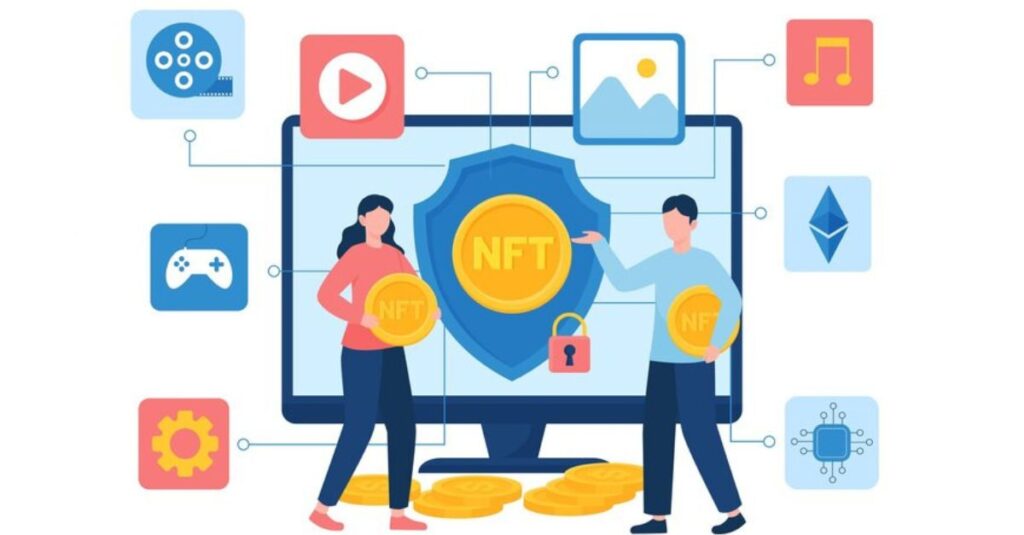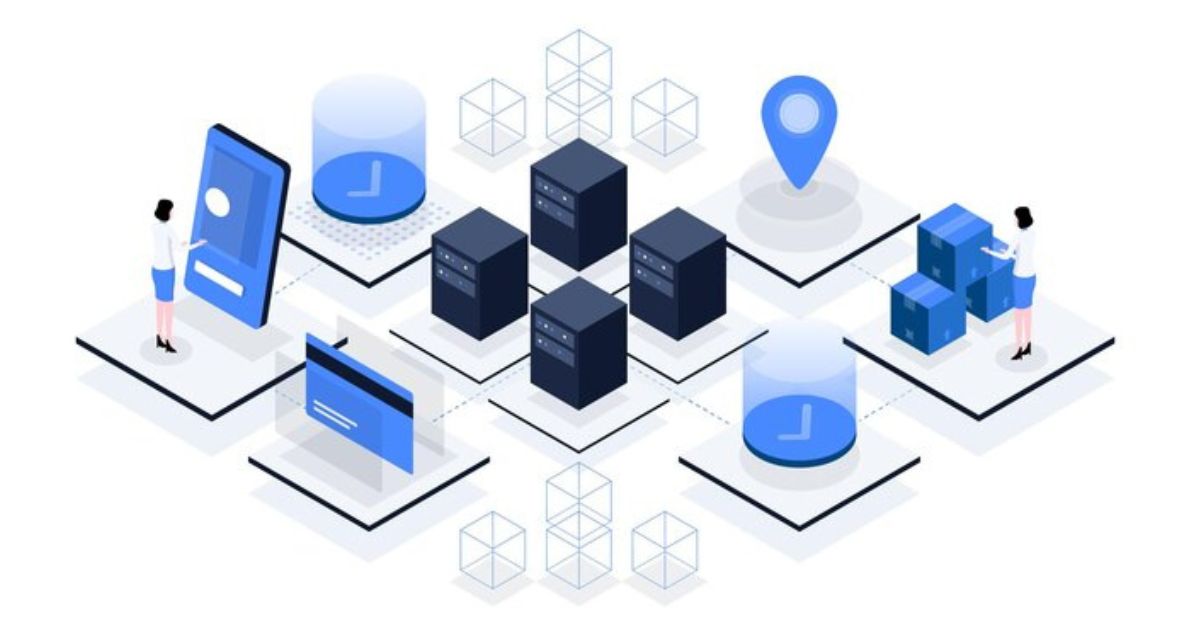
The emergence of Non-Fungible Tokens (NFTs) has ignited a revolution in the digital art and collectibles space, opening up new avenues for creators, collectors, and investors. Building a custom NFT marketplace empowers developers to contribute to this burgeoning ecosystem while exploring the limitless possibilities of blockchain technology.
In this guide, we’ll outline the step-by-step process for developers to create their own NFT marketplace, from conceptualization to deployment.
What is an NFT Marketplace?
An NFT marketplace is an online platform where users can buy, sell, and trade digital assets represented by Non-Fungible Tokens (NFTs). NFTs are unique tokens that represent ownership or proof of authenticity of digital assets, such as digital art, collectibles, virtual real estate, and more. These marketplaces leverage blockchain technology to ensure the uniqueness, ownership, and provenance of each digital asset, providing a secure and transparent environment for transactions.
NFT Marketplace Trends
Increasing Popularity:
NFT marketplaces have experienced significant growth in recent years, driven by mainstream adoption and endorsements from celebrities and influencers.
Diversification of Assets:
NFT marketplaces are expanding beyond digital art to include music, gaming assets, virtual fashion, and even real-world assets tokenized as NFTs.
Integration with Social Platforms:
NFT marketplaces are integrating with social media platforms to facilitate seamless sharing and promotion of NFTs.
Fractional Ownership:
Some marketplaces are exploring fractional ownership models, allowing multiple users to invest in high-value assets collectively.
Must-Have Features
- User Authentication and Wallet Integration: Users should be able to securely authenticate their identity and connect their digital wallets to the marketplace.
- NFT Minting and Listing: Artists and creators should be able to mint and list their NFTs for sale on the marketplace.
- Search and Discovery: Users should be able to easily search for and discover NFTs based on categories, keywords, or other filters.
- Marketplace Governance and Moderation: The marketplace should have mechanisms in place for governance and moderation to ensure the quality and legitimacy of listed NFTs.
- Transaction Management and Escrow Services: The marketplace should facilitate secure transactions and provide escrow services to mitigate risks for buyers and sellers.
- Royalties and Secondary Sales: Creators should be able to earn royalties on secondary sales of their NFTs, ensuring ongoing revenue streams.
- Analytics and Reporting: The marketplace should provide analytics and reporting tools for users to track performance metrics and sales data.
Nice-to-Have Features
- Social Sharing and Promotion Tools: Integration with social media platforms and tools for promoting NFTs.
- Interactive Galleries and Virtual Showrooms: Enhanced browsing experiences with interactive galleries and virtual showrooms for showcasing NFT collections.
- Integration with DeFi Protocols: Integration with decentralized finance protocols for lending, borrowing, and staking NFTs.
- NFT Bundles and Collections: Ability to create and trade bundles or collections of NFTs.
- Customizable User Profiles and Portfolios: Users should be able to customize their profiles and portfolios to showcase their NFT collections.
How Can You Make Money with NFT Marketplace?
- Transaction Fees: Charge a percentage fee on each sale or purchase made on the platform.
- Listing Fees: Charge users to list their NFTs on the marketplace.
- Premium Features: Offer premium features or subscription plans for enhanced visibility and access to exclusive tools.
- Sponsored Content: Partner with brands or artists to promote sponsored NFT collections or events.
- Affiliate Marketing: Earn commissions by referring users to external platforms or services related to NFTs.
How to Create the NFT Marketplace
- Define Requirements and Use Cases: Collaborate with stakeholders to define the requirements and use cases for the NFT marketplace.
- Design the Architecture: Develop a scalable and modular architecture for the marketplace, considering factors such as technology stack, security, and scalability.
- Develop Smart Contracts: Create smart contracts to manage the minting, ownership, and transfer of NFTs on the blockchain.
- Build Front-End and Back-End: Develop the front-end and back-end components of the marketplace, including user interfaces, databases, and server infrastructure.
- Test and Quality Assurance: Conduct thorough testing and quality assurance to identify and address any bugs or issues.
- Deployment and Launch: Deploy the marketplace to a production environment and launch it to the public.
- Continuous Improvement and Updates: Continuously iterate on the marketplace based on user feedback and market trends.
NFT Marketplace App Development
- Mobile-Friendly Design: Ensure that the marketplace is designed to be mobile-friendly and responsive across different devices and screen sizes.
- Native App Development (iOS and Android): Develop native mobile apps for iOS and Android platforms to provide a seamless user experience.
- Wallet Integration: Integrate digital wallet functionality into the mobile app for secure authentication and transaction management.
- Push Notifications: Implement push notifications to keep users informed about new listings, transactions, and other activities.
- Responsive User Interface: Design a user interface that is intuitive, user-friendly, and optimized for mobile devices.
Conclusion
In conclusion, creating an NFT marketplace offers a lucrative opportunity for entrepreneurs and developers to tap into the growing demand for digital assets and blockchain-based solutions. By understanding market trends, implementing must-have features, and exploring monetization strategies, you can build a successful NFT marketplace that caters to the needs of artists, collectors, and investors in the decentralized digital economy.


